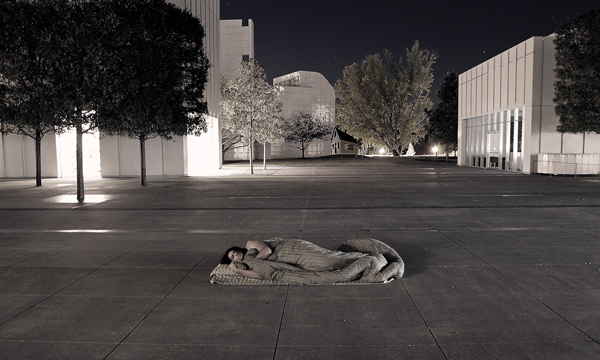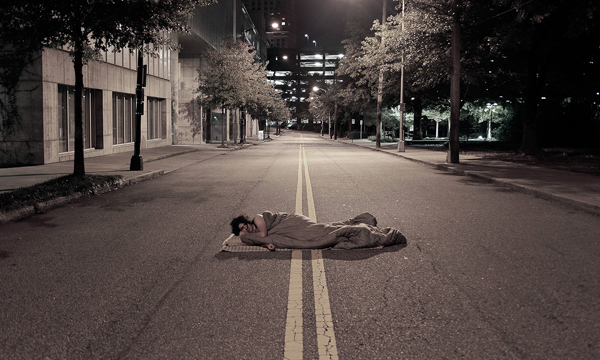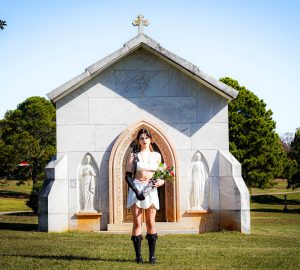
Sleep deprivation is something nearly every SCAD student deals with at some point. There’s a reason students say that the initials of SCAD stand for “sleep comes after death.” Students can spend many hours a week confined to a studio, working well into the night, especially during finals week. Come summer break, students spend plenty of time sleeping in. That is, unless you are first-year M.F.A. photography student Sergei Isaenko, who is often unable to sleep more than a few hours a night, if at all.
Isaenko suffers from insomnia, loosely classified as a condition characterized by difficulty falling and/or staying asleep. For Isaenko, the condition comes and goes. “I was sleeping normally until recently, but the stress of being in school can be a trigger,” Isaenko said.
Insomnia can leave its victims trapped in a transitional state of being neither fully awake, nor fully asleep. The sleep condition can last anywhere from a few hours a night to months at a time. “At the peak [of my insomnia], I will only get to sleep for an hour or so, a couple nights a week,” Isaenko said.
Insomnia has cost him hours of time that could have been spent on scholastic endeavors. “It impacts the way I have to manage my time for my school work. If I suspect that I’m going to have a sleepless night, I have to study for that test a few days in advance,” Isaenko said.
Although the condition can be a hindrance, Isaenko has turned it into a welcome source of inspiration. Last November, he shot the appropriately titled “Insomnia” photography series that features him trying to sleep in various locations, such as pebble-covered train tracks and the courtyard of the High Museum of Art. The unusual settings are striking and expressive.
“In some of these I wanted to confront the audience with a heavy stare, because most of sleepless nights, that’s exactly how I felt, as if somebody kept staring at me,” said Isaenko. In the images, Isaenko lies snug in a sleeping bag, staring hauntingly at the camera lens.

Currently, there are four pictures in the series, but Isaenko hopes to develop the concept further. In the meantime, he has found an outlet that helps him deal with insomnia. “The experience was therapeutic, in a way. Because in doing it, I actually felt at ease. When I came back home afterward, I went right to sleep,” said Isaenko. “I just try to stay busy and productive. But also stay relaxed. That tends to put me to sleep.”


























